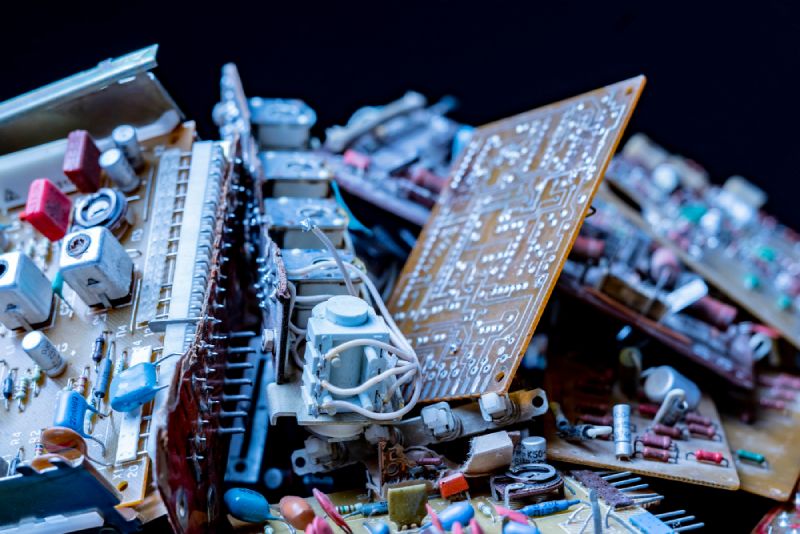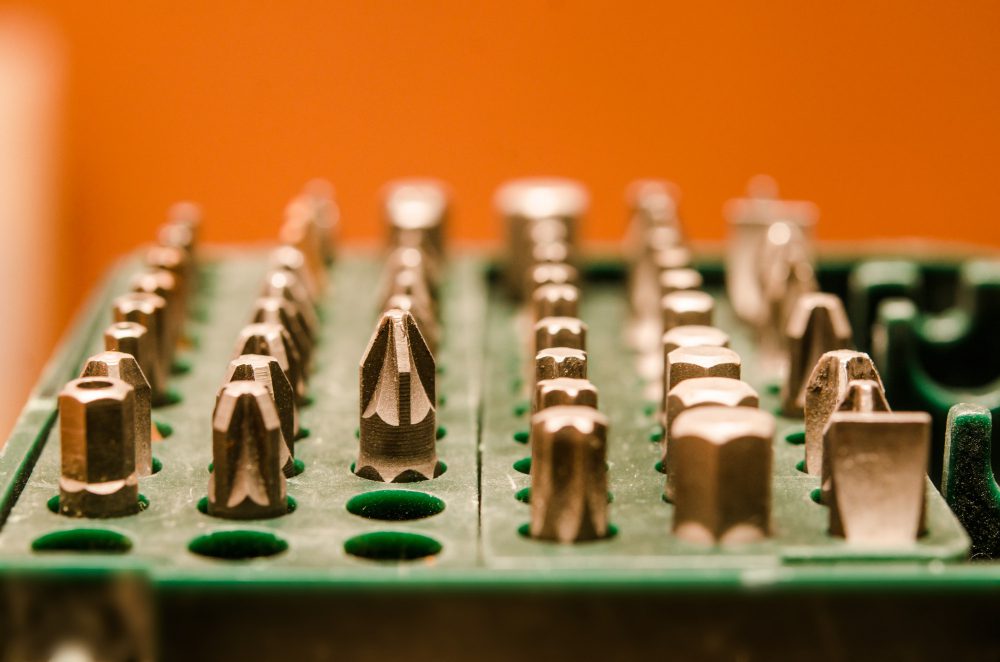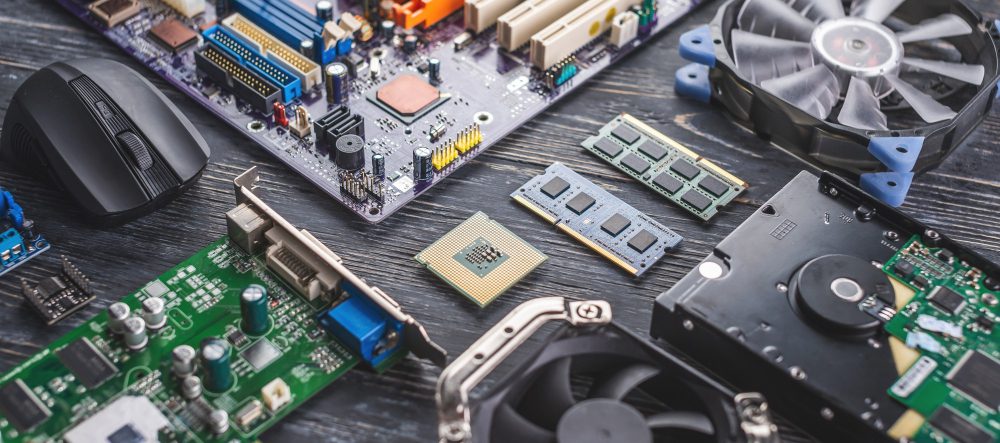Exploring the Different Types of Motherboards
Introduction
A motherboard is the central component of a computer system. It connects all the different components of a computer, such as the CPU, RAM, and storage devices, allowing them to communicate with each other. There are several types of motherboards available, each with different features and specifications. In this article, we’ll explore the different types of motherboards and what makes them unique.
ATX Motherboards
The ATX (Advanced Technology Extended) motherboard is the most common type of motherboard used in modern PCs. It was designed by Intel in 1995 and features a standard layout of components and expansion slots. ATX motherboards are larger than micro ATX or mini ITX motherboards, but they also offer more expansion options.
ATX motherboards typically have four RAM slots, multiple PCIe (Peripheral Component Interconnect Express) slots for adding expansion cards, and several SATA (Serial ATA) connectors for storage devices. They are also compatible with a range of CPUs, including Intel and AMD.
Micro ATX Motherboards
Micro ATX motherboards are smaller than ATX motherboards, but they still offer many of the same features. They typically have two or four RAM slots and fewer PCIe slots than ATX motherboards. However, they are still compatible with most CPUs and offer a good balance of performance and affordability.
Micro ATX motherboards are a great choice for budget builds or compact systems. They are often used in small form factor (SFF) PCs or home theater PCs (HTPCs) due to their smaller size.
Mini ITX Motherboards
Mini ITX motherboards are the smallest type of motherboard available. They are designed to be used in compact systems where space is at a premium, such as small form factor PCs or home media centers. Mini ITX motherboards typically have only two RAM slots and one PCIe slot, but they are still compatible with a wide range of CPUs.
Despite their small size, mini ITX motherboards can still pack a punch. They are often used in gaming PCs or home theater PCs due to their compact size and excellent performance.
Server Motherboards
Server motherboards are designed for use in servers and other high-performance computing applications. They are typically larger than ATX motherboards and offer many advanced features, such as support for multiple CPUs and large amounts of RAM.
Server motherboards are also designed to be more reliable than consumer-grade motherboards, with features such as redundant power supplies and advanced cooling systems. They are an essential component of any enterprise-level computing system and are often used in data centers and other mission-critical environments.
Quick Comparison
| Type | Description | Use Case |
|---|---|---|
| ATX (Advanced Technology eXtended) | Standard full-size motherboard offering a good balance between features and size. It often has multiple expansion slots and RAM slots. | Suitable for most desktop PCs and is commonly used for gaming, productivity tasks, and servers. |
| Micro-ATX | Smaller than the standard ATX motherboard, but still offers ample features for most users. Typically has fewer expansion slots. | Perfect for smaller cases or when fewer expansions are needed. Can be used for home theater PCs, general use desktops, and small servers. |
| Mini-ITX | The smallest standard motherboard form factor, with only one expansion slot. It is designed with low power consumption in mind. | Great for small form factor PCs, such as portable gaming rigs, compact home theater PCs, and other space-limited setups. |
| EATX (Extended ATX) | Larger than the standard ATX. It offers more features, such as additional PCI slots, more RAM slots, and possibly dual processor support. | Designed for high-end systems with multiple GPUs, a lot of RAM, or dual processors. Mostly used for gaming, professional workstations, or servers. |
Conclusion
There are several types of motherboards available, each with its own unique features and specifications. ATX motherboards are the most common type and offer a good balance of performance and affordability. Micro ATX motherboards are smaller and more affordable, while mini ITX motherboards are designed for use in compact systems.
Server motherboards are designed for use in high-performance computing applications and offer advanced features such as support for multiple CPUs and large amounts of RAM. No matter which type of motherboard you choose, it’s essential to select one that is compatible with your CPU and other components to ensure optimal performance.
“A motherboard is the central component of a computer system.”



